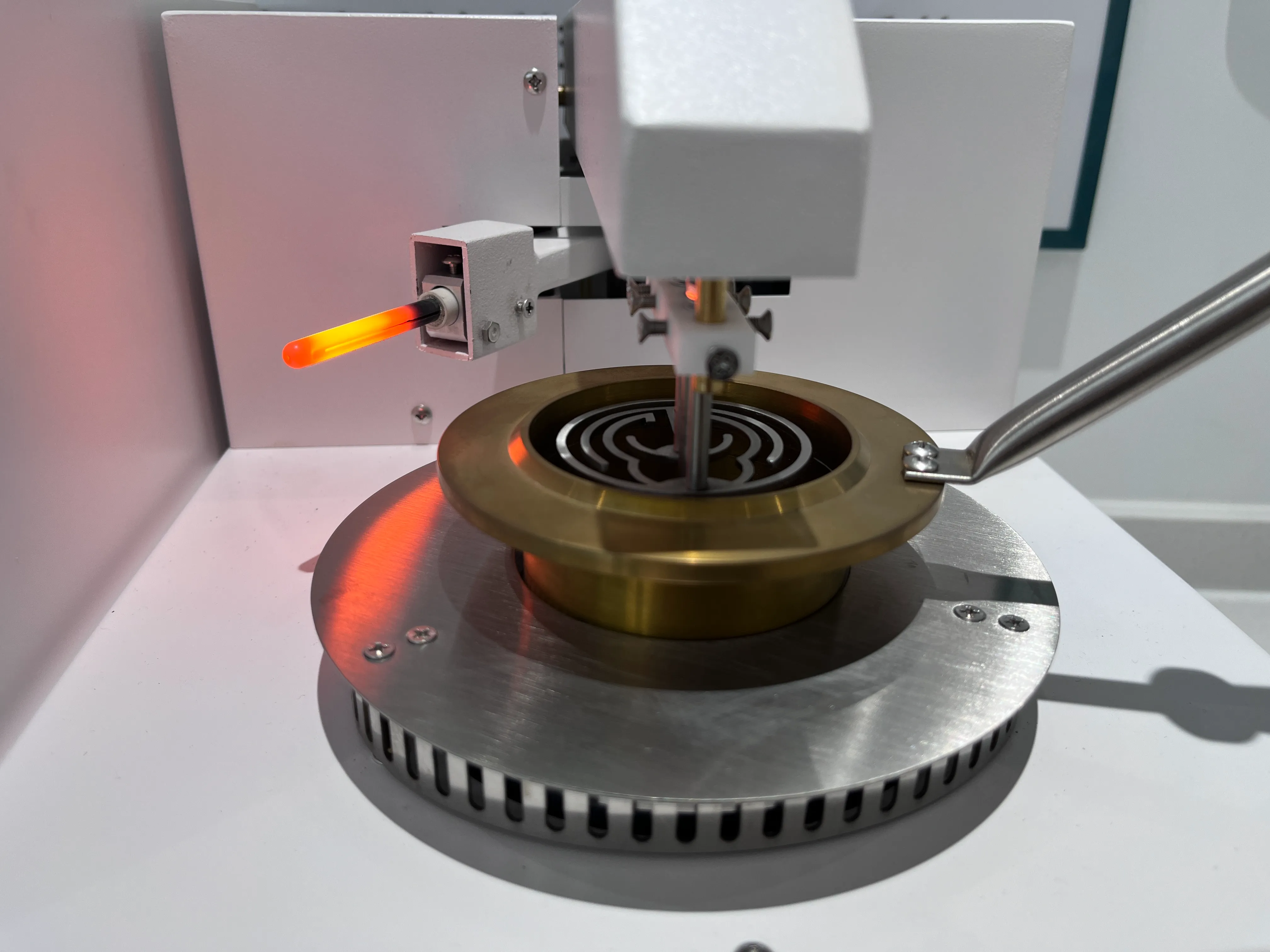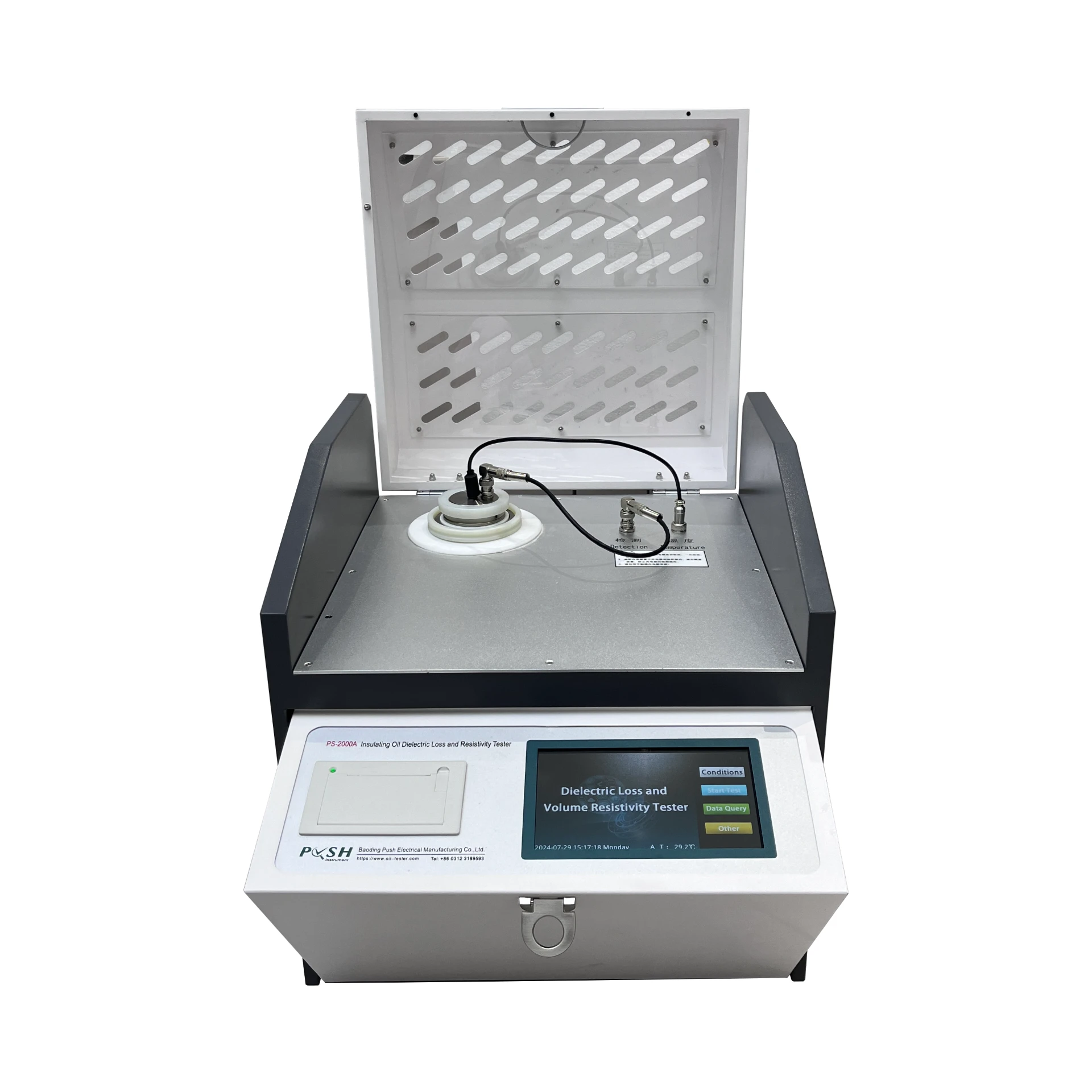TEL:
+86-0312-3189593
 English
English

Telephone:0312-3189593

Email:sales@oil-tester.com
2 月 . 12, 2025 19:19
Back to list
measurement of insulation resistance of transformer
Understanding the Measurement of Insulation Resistance in Transformers A Comprehensive Guide
Evaluating insulation resistance requires a technical understanding that integrates both immediate readings and trends over time. Experts suggest establishing a baseline by performing initial tests when a transformer is new or newly repaired. Subsequent measurements function as comparative benchmarks. A sudden drop in insulation resistance over time typically indicates progression towards failure, warranting further investigation and possible intervention. The Polarization Index (PI) is a vital calculation in this context. It is defined as the ratio of the 10-minute resistance value to the 1-minute resistance value. A PI value above 2 generally indicates good insulation health, while a PI below 1 suggests potential problems. Authoritativeness Through Standard Compliance Adhering to international standards, such as those from the IEEE and IEC, establishes authoritative practices in insulation resistance testing. These standards prescribe specific methodologies and safety considerations that ensure tests are reliable and repeatable across various contexts and conditions. For instance, IEEE Standard 43 provides guidance on recommended insulation resistance levels for winding insulation, informing users about acceptable resistance values based on equipment ratings. Building Trust Ensuring Reliable Testing Trust in the process and outcomes of insulation resistance measurement is built through consistent methodology, adherence to established guidelines, and clear documentation. It's essential that professionals document each test meticulously, capturing environmental conditions, test equipment details, and any anomalies observed during testing. Regular calibration of testing instruments ensures the accuracy of results, with many experts recommending annual verification of all equipment against known standards. This practice not only safeguards the integrity of results but also enhances confidence in decision-making processes based on these results. In conclusion, a thorough understanding of insulation resistance measurement in transformers encompasses technical expertise, practical experience, adherence to standards, and a commitment to reliable, trustworthy procedures. Regular, well-documented testing forms the backbone of proactive transformer maintenance, facilitating early interventions and optimized equipment performance, thereby mitigating risks associated with insulation failures. Through diligent application of these principles, engineers and maintenance teams can sustain transformer operations effectively, ensuring enhanced safety and reliability.


Evaluating insulation resistance requires a technical understanding that integrates both immediate readings and trends over time. Experts suggest establishing a baseline by performing initial tests when a transformer is new or newly repaired. Subsequent measurements function as comparative benchmarks. A sudden drop in insulation resistance over time typically indicates progression towards failure, warranting further investigation and possible intervention. The Polarization Index (PI) is a vital calculation in this context. It is defined as the ratio of the 10-minute resistance value to the 1-minute resistance value. A PI value above 2 generally indicates good insulation health, while a PI below 1 suggests potential problems. Authoritativeness Through Standard Compliance Adhering to international standards, such as those from the IEEE and IEC, establishes authoritative practices in insulation resistance testing. These standards prescribe specific methodologies and safety considerations that ensure tests are reliable and repeatable across various contexts and conditions. For instance, IEEE Standard 43 provides guidance on recommended insulation resistance levels for winding insulation, informing users about acceptable resistance values based on equipment ratings. Building Trust Ensuring Reliable Testing Trust in the process and outcomes of insulation resistance measurement is built through consistent methodology, adherence to established guidelines, and clear documentation. It's essential that professionals document each test meticulously, capturing environmental conditions, test equipment details, and any anomalies observed during testing. Regular calibration of testing instruments ensures the accuracy of results, with many experts recommending annual verification of all equipment against known standards. This practice not only safeguards the integrity of results but also enhances confidence in decision-making processes based on these results. In conclusion, a thorough understanding of insulation resistance measurement in transformers encompasses technical expertise, practical experience, adherence to standards, and a commitment to reliable, trustworthy procedures. Regular, well-documented testing forms the backbone of proactive transformer maintenance, facilitating early interventions and optimized equipment performance, thereby mitigating risks associated with insulation failures. Through diligent application of these principles, engineers and maintenance teams can sustain transformer operations effectively, ensuring enhanced safety and reliability.
Previous:
Latest news
-
Differences between open cup flash point tester and closed cup flash point testerNewsOct.31,2024
-
The Reliable Load Tap ChangerNewsOct.23,2024
-
The Essential Guide to Hipot TestersNewsOct.23,2024
-
The Digital Insulation TesterNewsOct.23,2024
-
The Best Earth Loop Impedance Tester for SaleNewsOct.23,2024
-
Tan Delta Tester--The Essential Tool for Electrical Insulation TestingNewsOct.23,2024





